On my photography workshops and holidays, one of the main tips I give (alongside getting up at sunrise, which always receives a mixed response!), is the importance of practice practice practice. I realise this concept is nothing revolutionary, but to make the step from ‘happy snapper’ to ‘photographer’, you will need to dedicate time specifically to improving and developing your photography. Being in a photography frame of mind is crucial, as it requires looking at the world in a different way. Simply taking photos of situations that happen to present themselves to you just won’t cut it!

Shots like this require patience and taking the time to visualise a shot before it takes place.
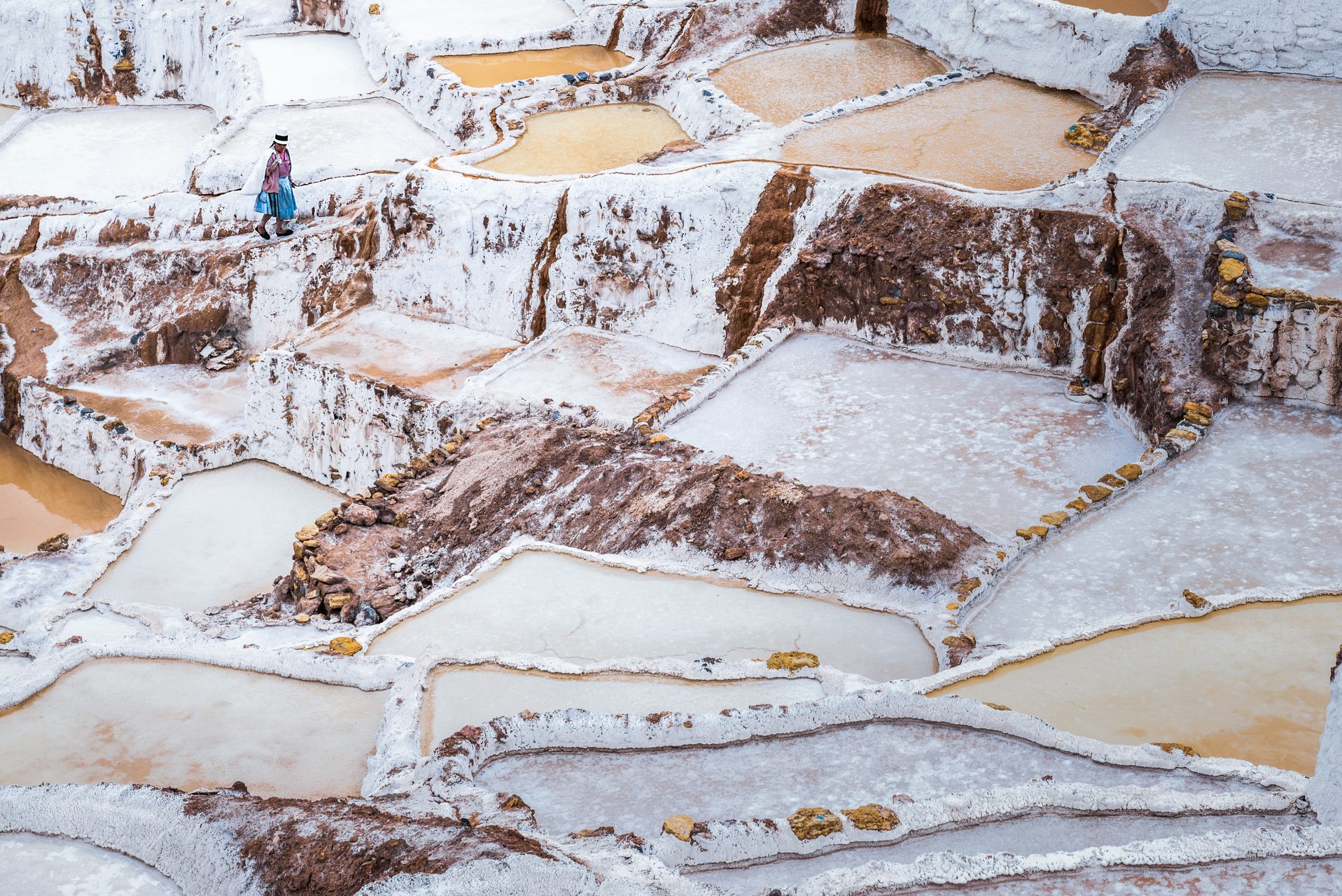
Using scale as a compositional tool to enhance a scene.
One of my recommended exercises, prior to even coming on a photography workshop, is to try as many of these suggestions as possible. Walk around a city, visit a park or explore a market and force yourself to take photos in a way that you are not used to. These are unlikely to be winning images first time, but by experimenting with these techniques and compositional ideas in a comfortable environment, you then have them in your repertoire for when it matters most in the future.
So… stop reading this blog, print off the list and go for a walk!
1. Frame your subject/scene
- Arches
- Windows
- Door frames
- Anything!!
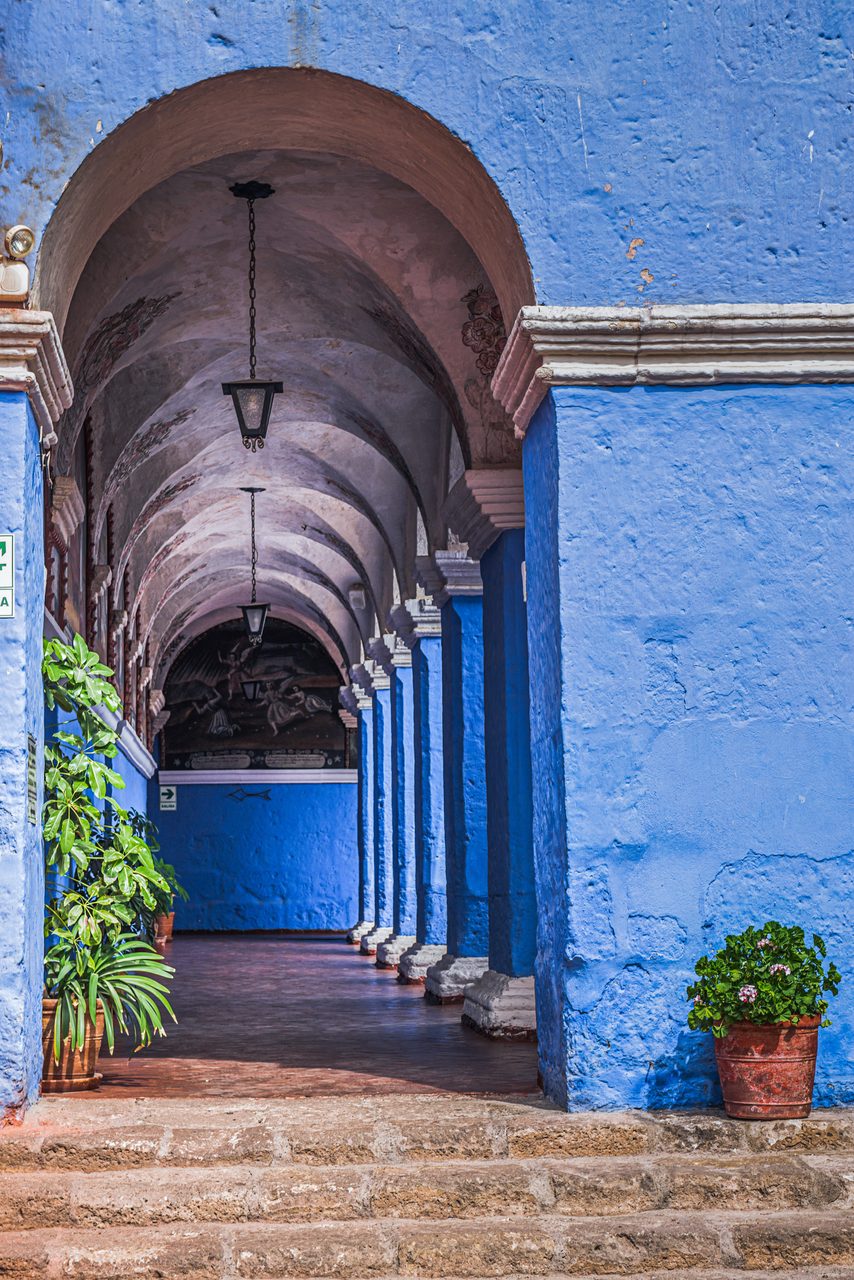
Example of using frames as a compositional tool in photography
2. Perfect reflections
- Glass
- Water
3. Imperfect reflections e.g. abstract reflections from shiny surface
4. Double exposure effect where something interesting on both sides of a window

Example of photographing reflections in a window
5. Find highest viewpoint in area for aerial/elevated view
6. Photograph from directly above – while at ground level

Example of photographing from directly above at ground level
7. Look up at subject

Example of looking directly up, taken in the rainforest in Ecuador
8. Photograph from ground level – i.e. 1 inch from the ground
9. Focus on colours – 1 colour or complimentary colours or subtle shades
10. Look for repeating patterns/subjects

Patterns make great subjects, especially when you will the frame with them
11. Shapes
12. Symmetry
13. Textures
14. Fill the frame – still needs shape/composition
15. Scale – small subject in large landscape
16. Silhouettes

Photographing into the sun can create dramatic silhouettes
17. Leading lines into the frame

Leading lines are a great compositional technique for creating depth in photos
18. Get closer….closer….closer
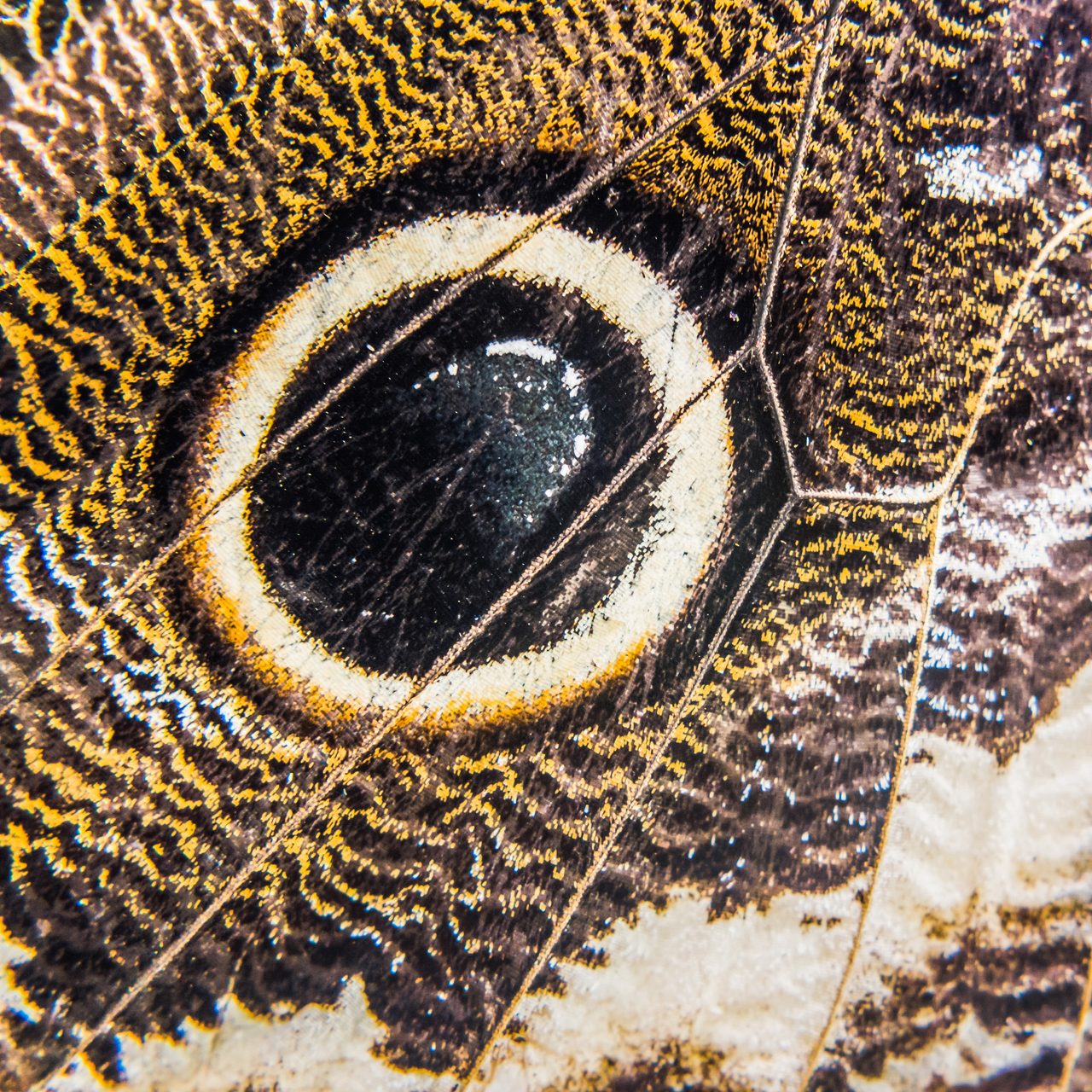
Getting as close as possible opens up interesting shapes, textures and patterns that you don't see when standing further back.
19. Really wide angle close up with something contextual in the background
20. Shadows
21. Photograph into the sun
- Sun stars by placing on edge of item in the scene
- Flare – different feel by placing sun…
- Just out of the frame
- On edge of the frame
- Just in the frame
- Place sun directly behind subject – silhouettes

Photographing into the sun can add great atmosphere to a photo
22. Hands
- Holding something
- Doing something
23. Motion using slow shutter speed
- Panning from side on
- Panning from behind
- Subject blurred, scene sharp
- Photograph from transport with motion in foreground

Example of panning from the side to add motion and energy to a photo
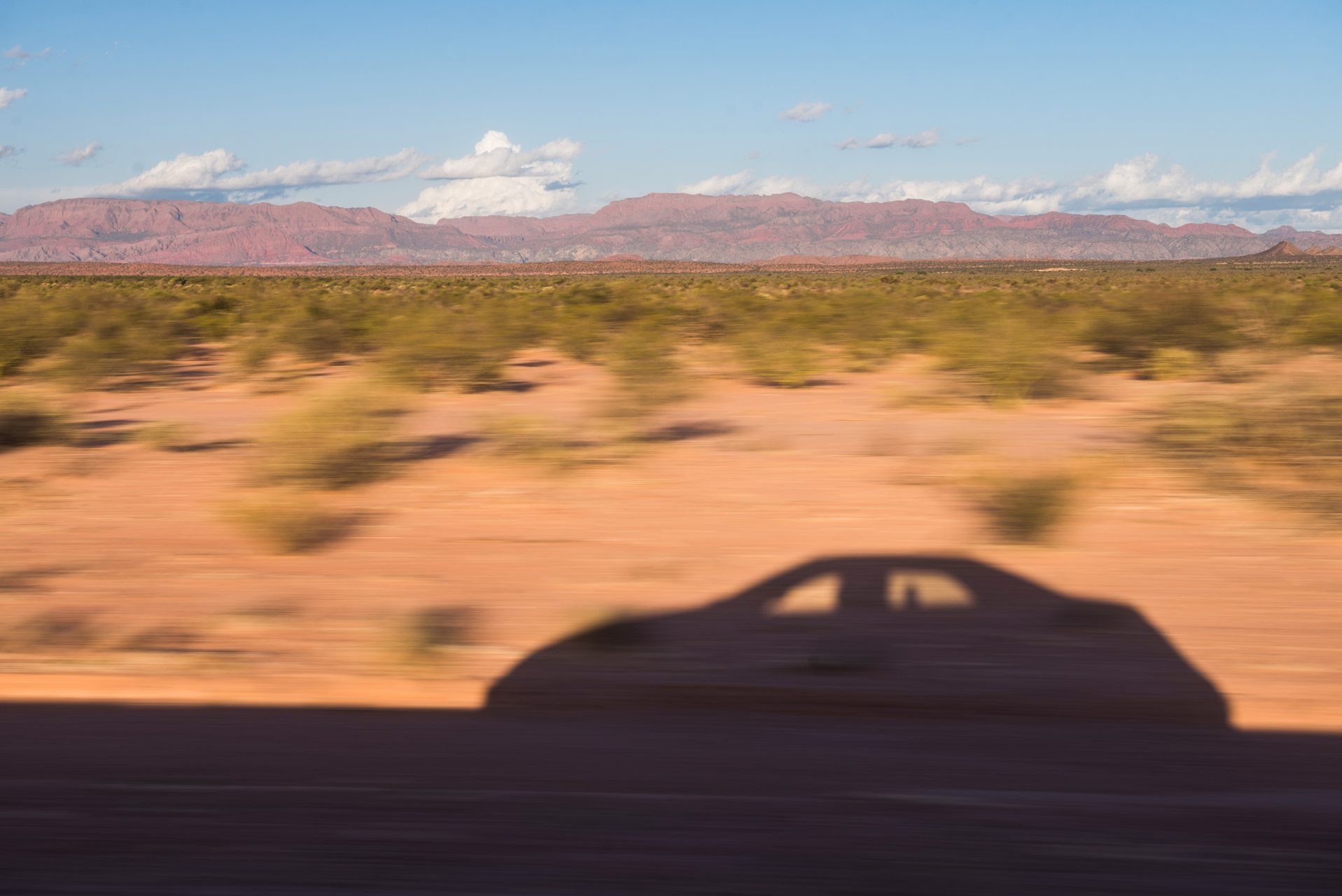
Photographing from a car using a slow shutter speed offers a blurry foreground
24. Get close to action
- People – feels much more intimate and makes the viewer feel like they are part of the scene
- Water in landscape – creates energy

Getting close for portraits creates a much more intimate feel
25. Look for pairs or threes
26. Stars
- Star trails
- Behind silhouette of very distinct shape
- As part of landscape – focus doesn’t have to be the stars
27. Very long exposure during day – 5 minutes+

Use filters during the day to capture long exposures for a fine art feel
28. Long exposure/slow shutter speed with water – suggested shutter speeds are very vague as it is very dependent on the scene, type/quantity of water and how quickly it is moving.
- Very long (4s+) – milky effect
- Medium (1s to 4s) – more directional motion/patterns in rivers and as waves go in and out
- Slow-ish shutter speed (1/4s to 1s) – burst/splash from crashing waves visible

Long exposures with water adds motion to a photo
29. Tell the story of a person
- Shot 1 - Set the scene
- Shot 2 - Portrait of person
- Shot 3 - Detail of action/context
- Shot 4 - Focus on element of scene with person in background
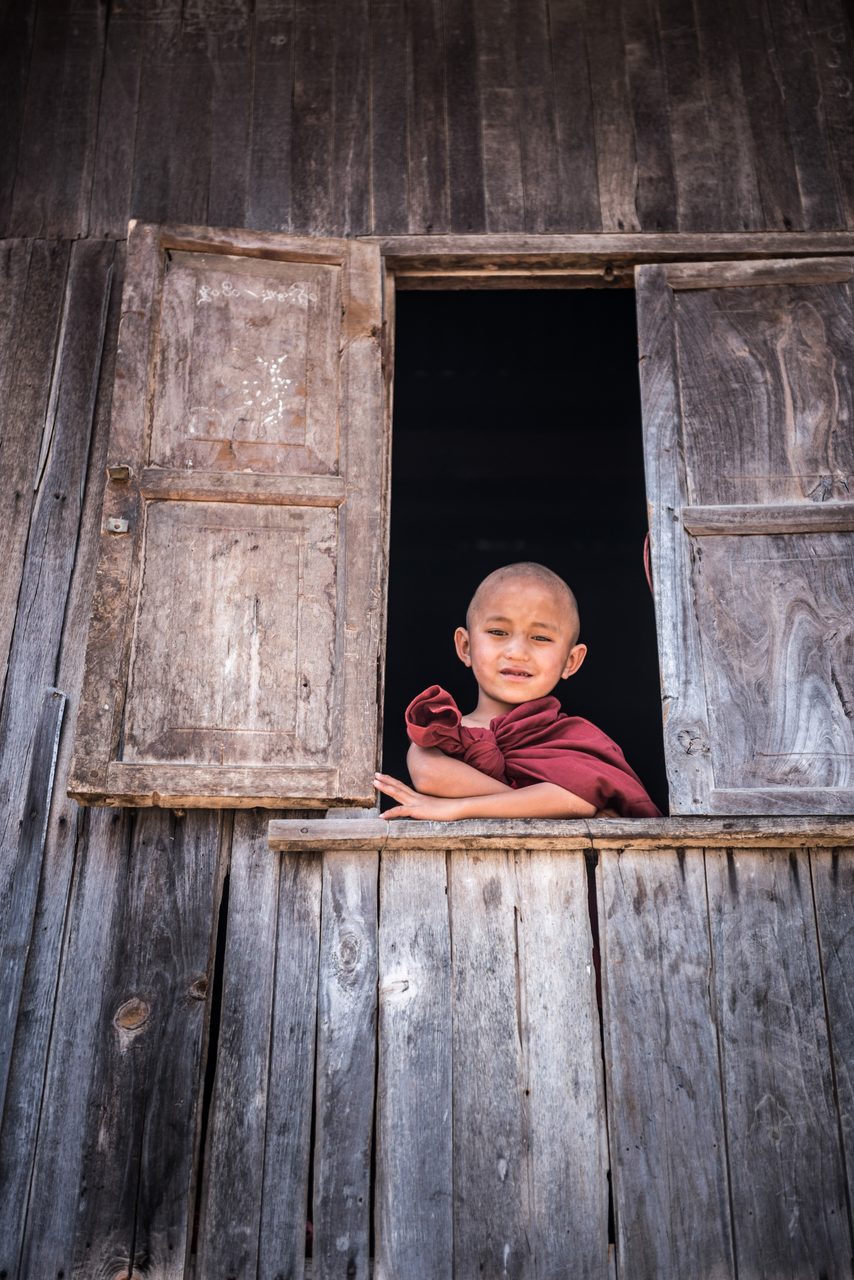
Portrait of a novice monk in Myanmar
30. Look up the times of sunrise, sunset and moonrise
Have you got any suggestions to add to the list? Feel free to get in touch!
